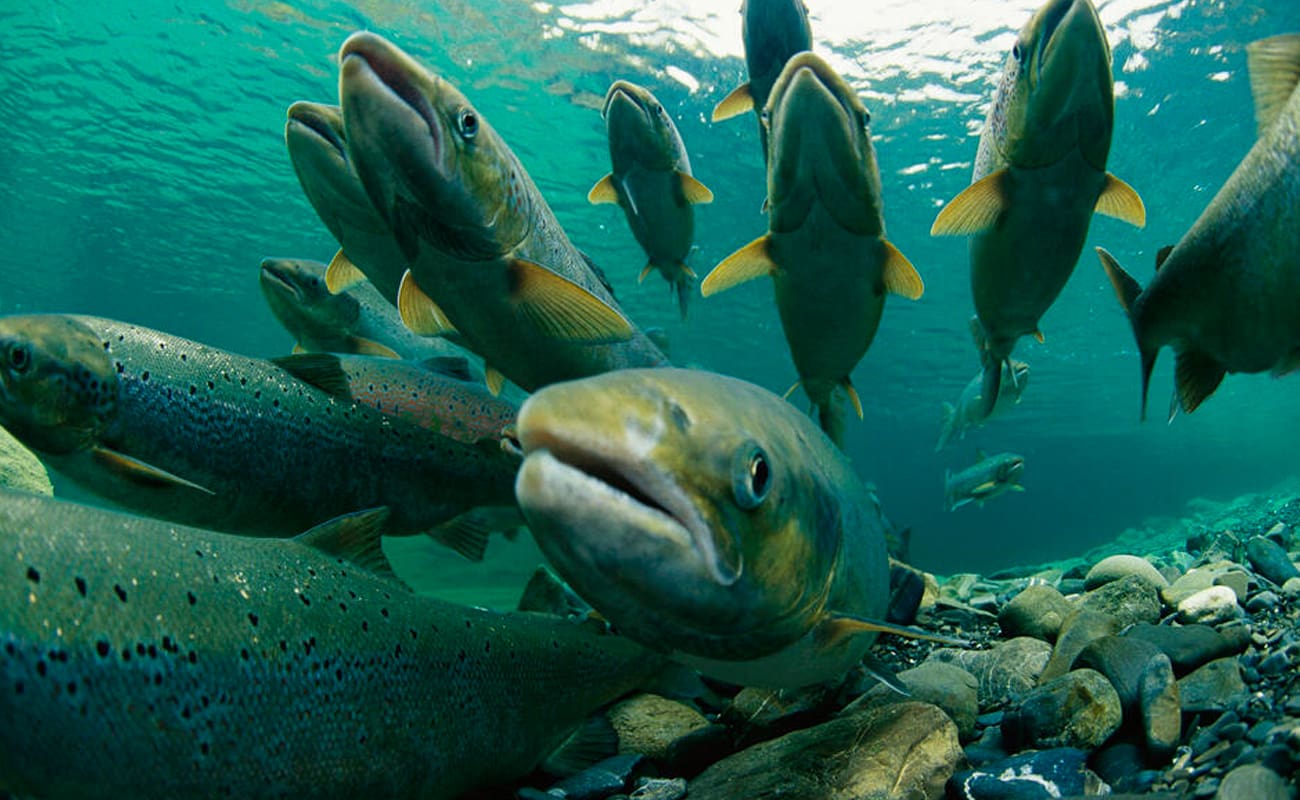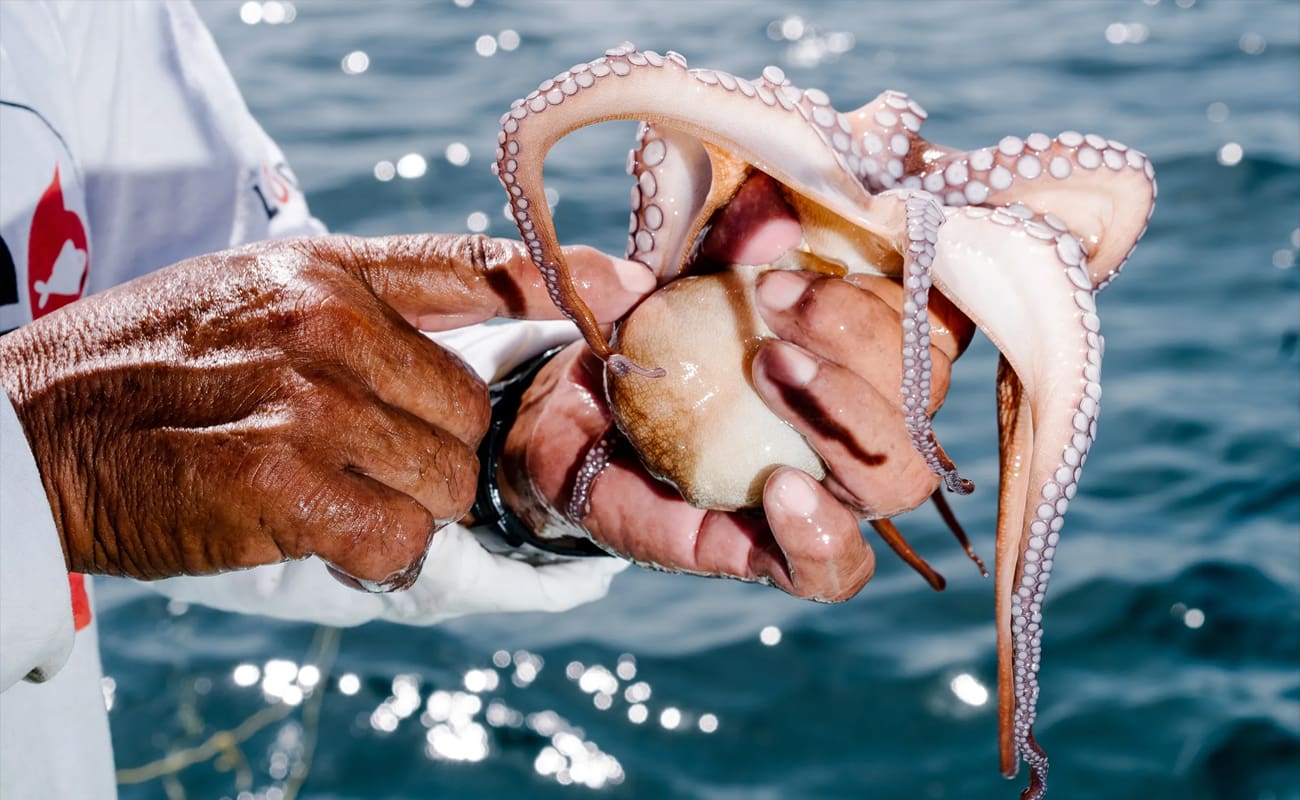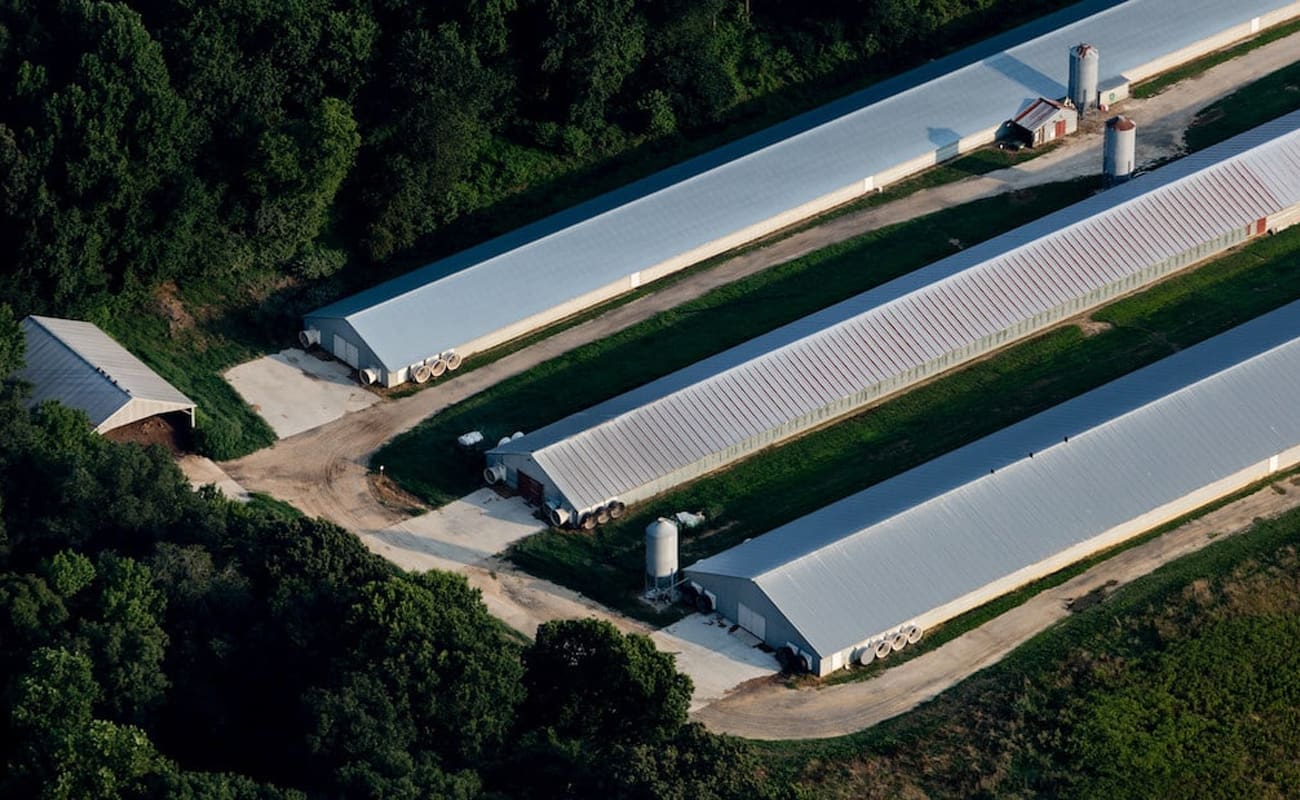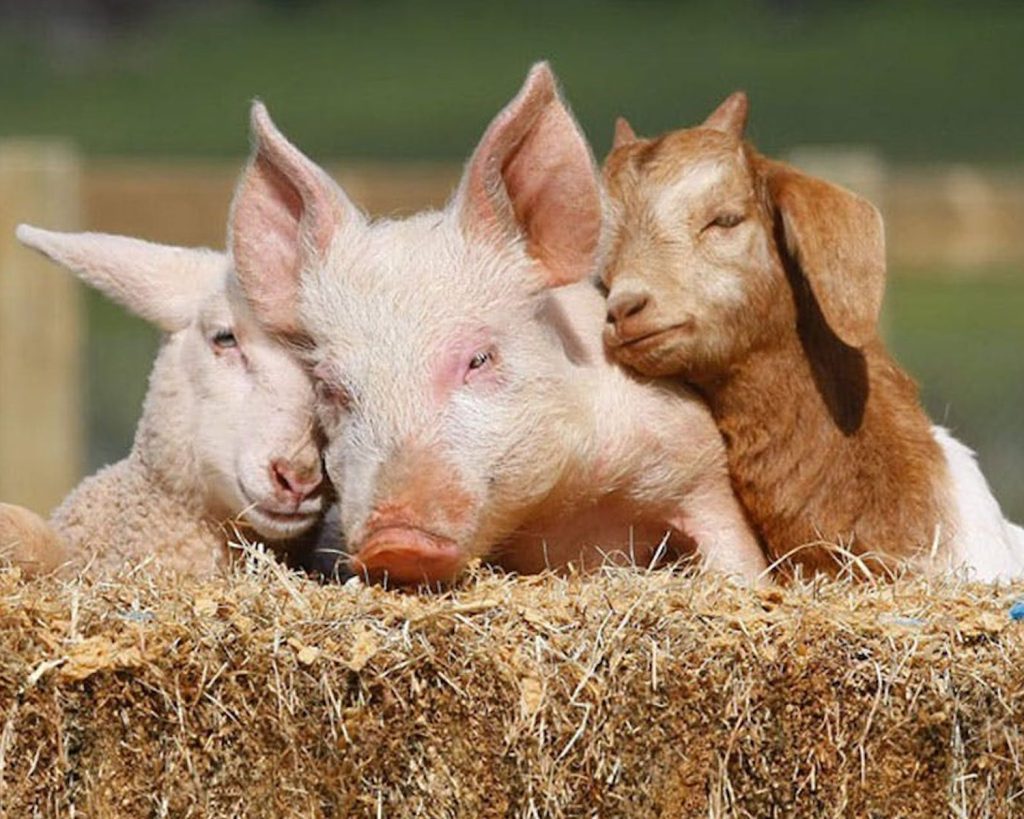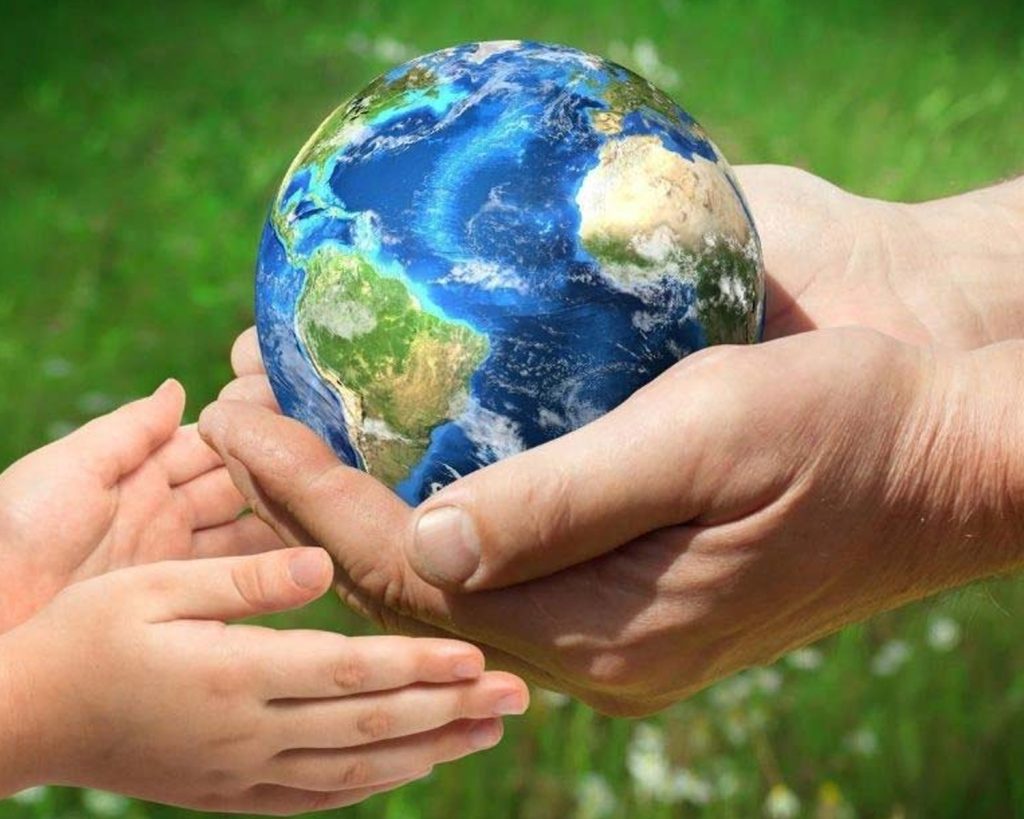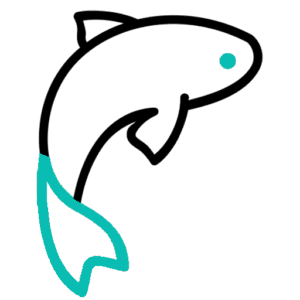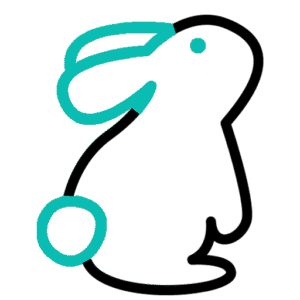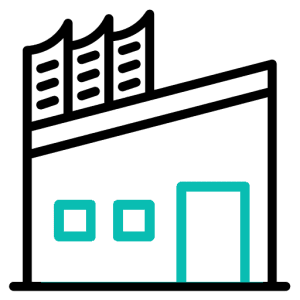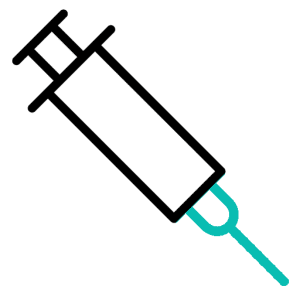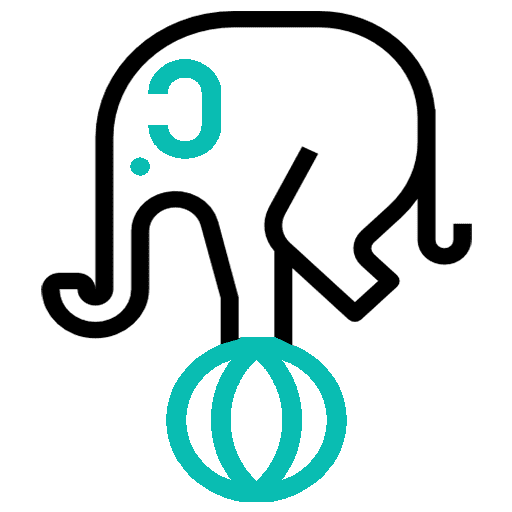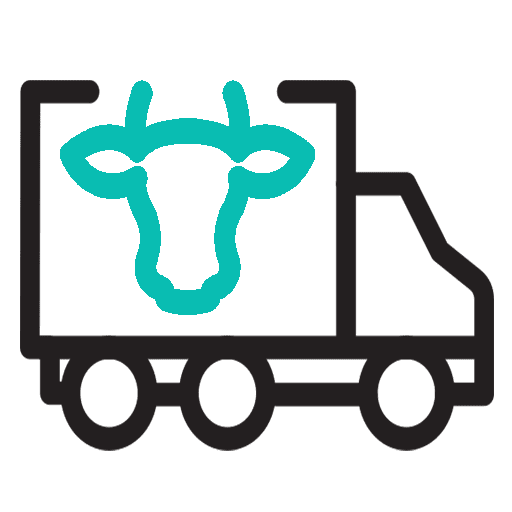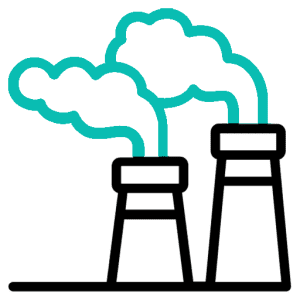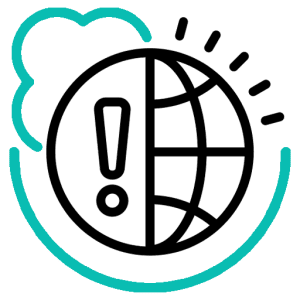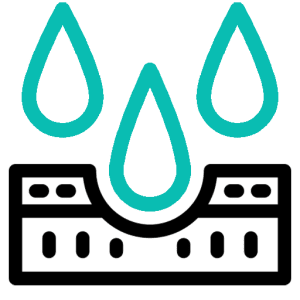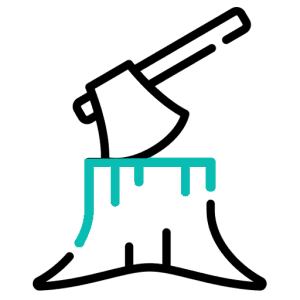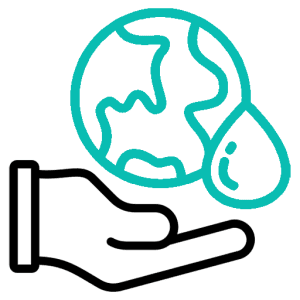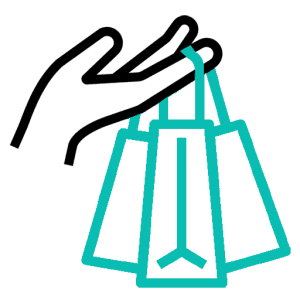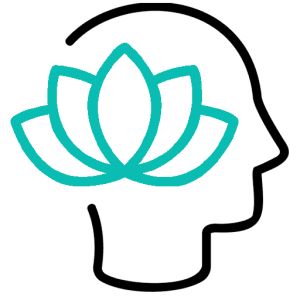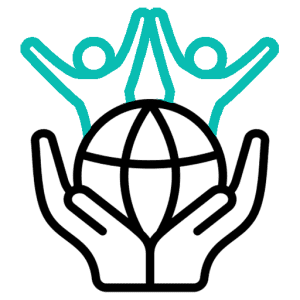Рибе и друге водене животиње чине највећу групу животиња које се убијају ради хране, али су често најзанемареније. Сваке године се улове или узгајају трилиони, што далеко премашује број копнених животиња које се експлоатишу у пољопривреди. Упркос све већим научним доказима да рибе осећају бол, стрес и страх, њихова патња се рутински занемарује или игнорише. Индустријска аквакултура, позната као узгој рибе, подвргава рибе претрпаним торовима или кавезима где су болести, паразити и лош квалитет воде раширени. Стопе смртности су високе, а они који преживе подносе животе у заточеништву, лишени могућности да слободно пливају или исказују природно понашање.
Методе које се користе за хватање и убијање водених животиња често су изузетно окрутне и дуготрајне. Рибе уловљене у дивљини могу се полако угушити на палубама, бити згњечене тешким мрежама или угинути од декомпресије док се извлаче из дубоких вода. Узгајане рибе се често кољу без омамљивања, остављају да се угуше на ваздуху или на леду. Поред риба, милијарде ракова и мекушаца – попут шкампа, ракова и хоботница – такође су изложени праксама које узрокују огроман бол, упркос све већем признању њихове осећајности.
Утицај индустријског риболова и аквакултуре на животну средину је подједнако разарајући. Прекомерни риболов угрожава читаве екосистеме, док фарме рибе доприносе загађењу воде, уништавању станишта и ширењу болести међу дивљим популацијама. Испитивањем тешког положаја риба и водених животиња, ова категорија баца светло на скривене трошкове конзумирања морских плодова, подстичући дубље разматрање етичких, еколошких и здравствених последица третирања ових осећајних бића као потрошних ресурса.
Океан покрива преко 70% Земљине површине и дом је разноврстан низ воденог живота. Посљедњих година потражња за морском храном довела је до пораста газдинстава мора и риба као средство одрживог риболова. Ове фарме, такође познате и као аквакултури, често се токују као решење за прераду и начин да се задовоље растућа потражња за морском храном. Међутим, испод површине налази се тамна стварност утицаја, ове фарме имају на воденим екосистемима. Док се могу чинити као раствор на површини, истина је да пољопривредне фарме море и рибе могу да имају разарајуће ефекте на животну средину и животиње које називају океанском дому. У овом чланку ћемо убрзати у свету морске и рибље пољопривреде и разоткрити скривене последице које угрожавају наше подводне екосистеме. Од употребе антибиотика и пестицида до ...

